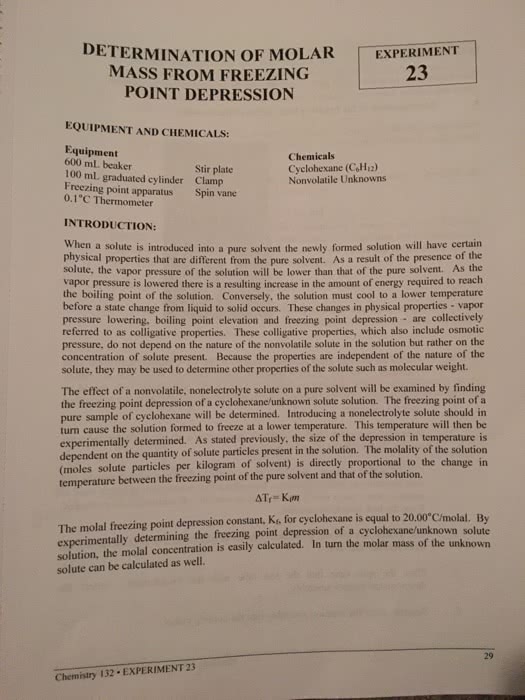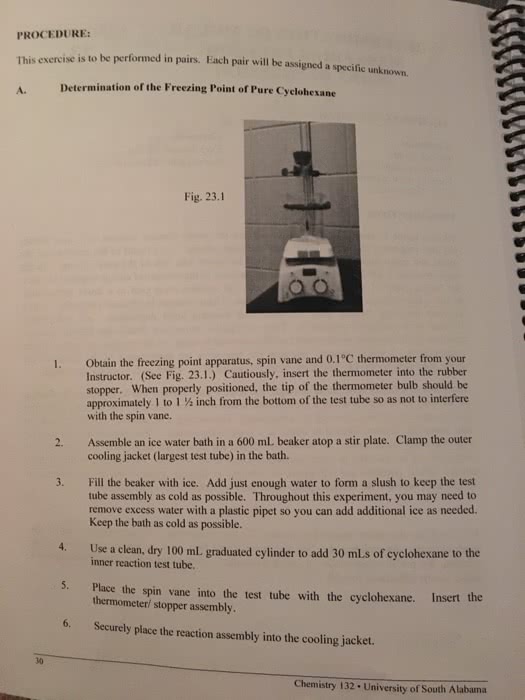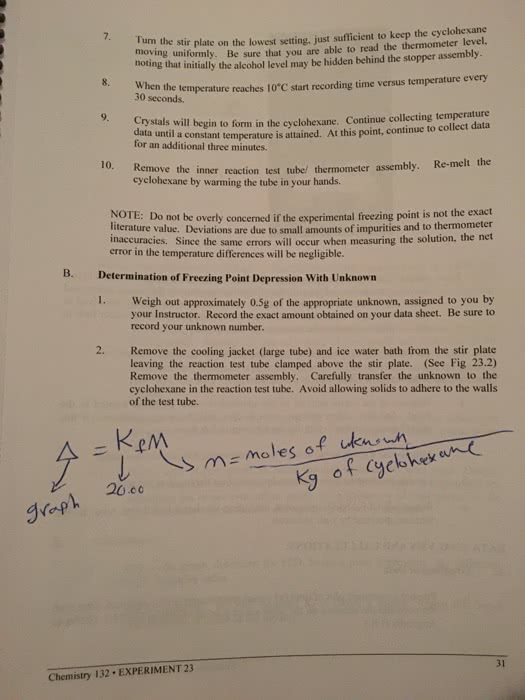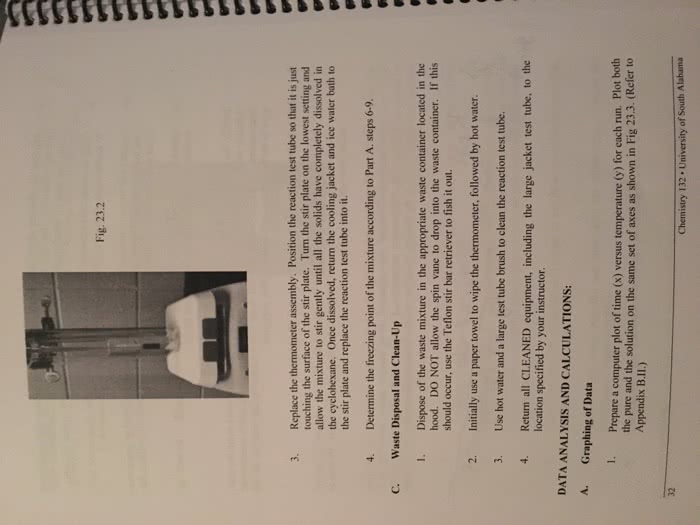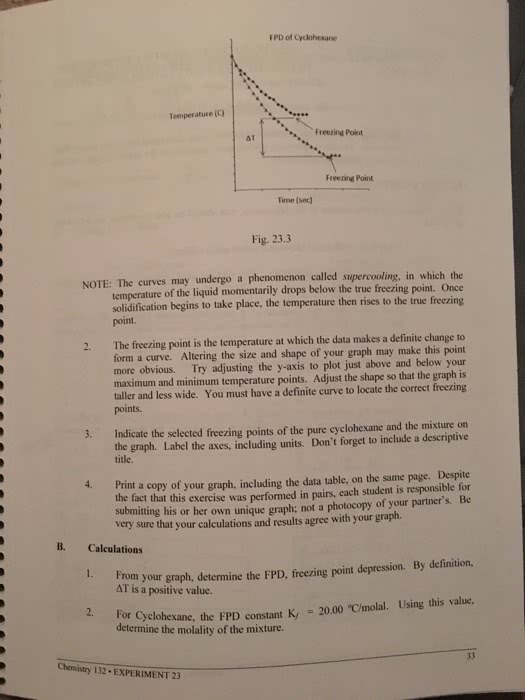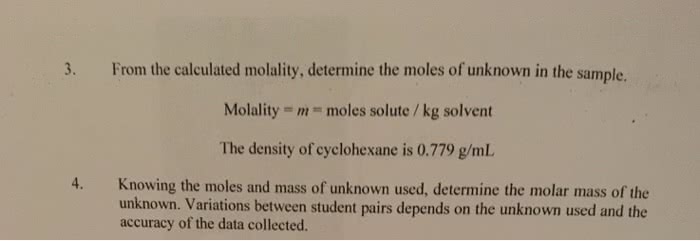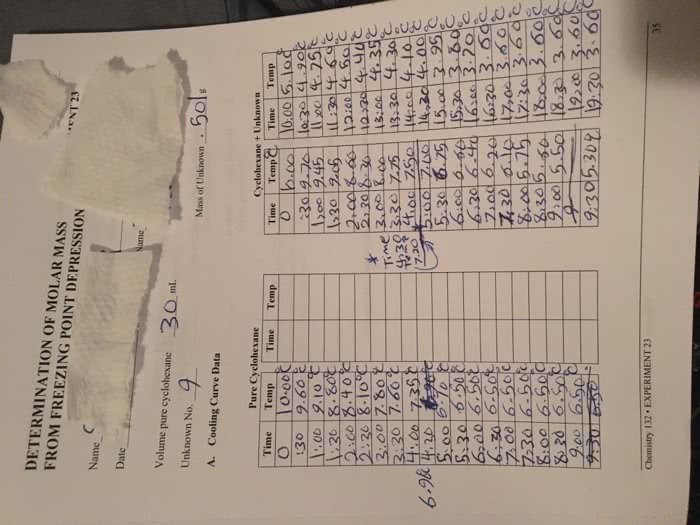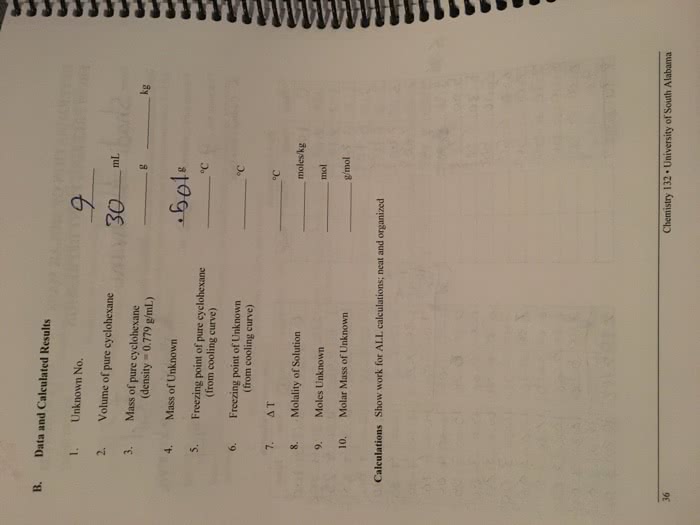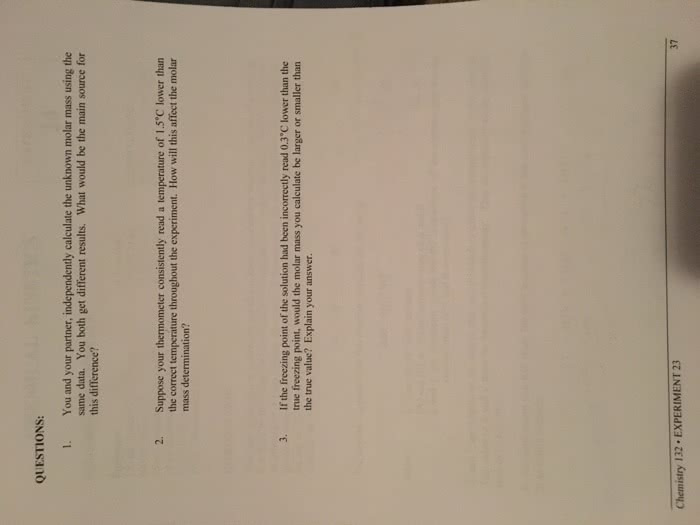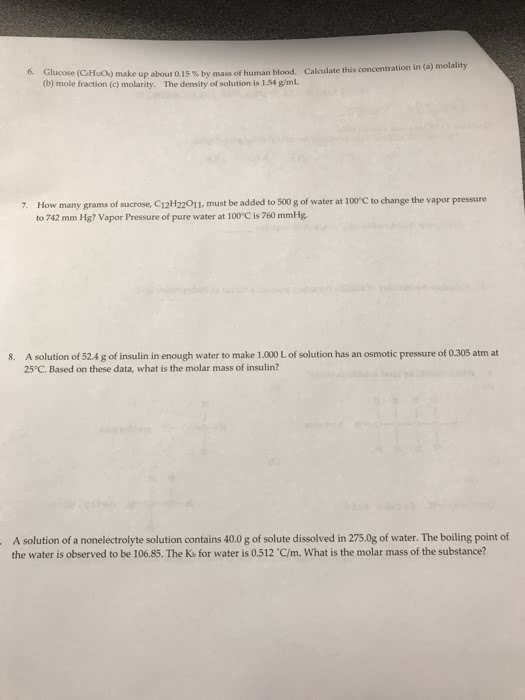CHEM 204 Lecture Notes - Lecture 6: Phase Diagram, Fractional Distillation, Benzene
Document Summary
=(cid:4666)(cid:1875)(cid:1857)(cid:1859) (cid:1872) (cid:1867)(cid:1858) (cid:1871)(cid:1867)(cid:1864)(cid:1873)(cid:1872)(cid:1857)(cid:4667) (cid:1849)(cid:1857)(cid:1859) (cid:1872) (cid:1867)(cid:1858) (cid:1871)(cid:1867)(cid:1864)(cid:1873)(cid:1872)(cid:1867)(cid:1866) (cid:883)(cid:882)(cid:882: do not need to know the molar mass of the solute (therefore good for, mole fraction biochemists) It is easy to measure the volume of the solutes rather than the weight (in the case of molality: disadvantages, volume is temperature dependent, since the volume of a solution is dependent on temperature. It is independent on temperature because it is the ratio of weights- it does(cid:374)"t (cid:448)a(cid:396)y like volume does with temperature. 7. 2 partial molar quantities: volume is innately an extensive property: the amount of substance determines the amount of water. If the volume is expressed as a partial molar quantity (l/mol) however, it is intensive. If we take half of each (cid:449)e"d e(cid:454)pe(cid:272)t it to (cid:271)e 0. 038l/(cid:373)ol but we actually only get 0. 036l/mol. Why is this: this is because the interaction between water molecules and the interaction between ethanol molecules are both weaker than the interactions between ethanol and water molecules.


